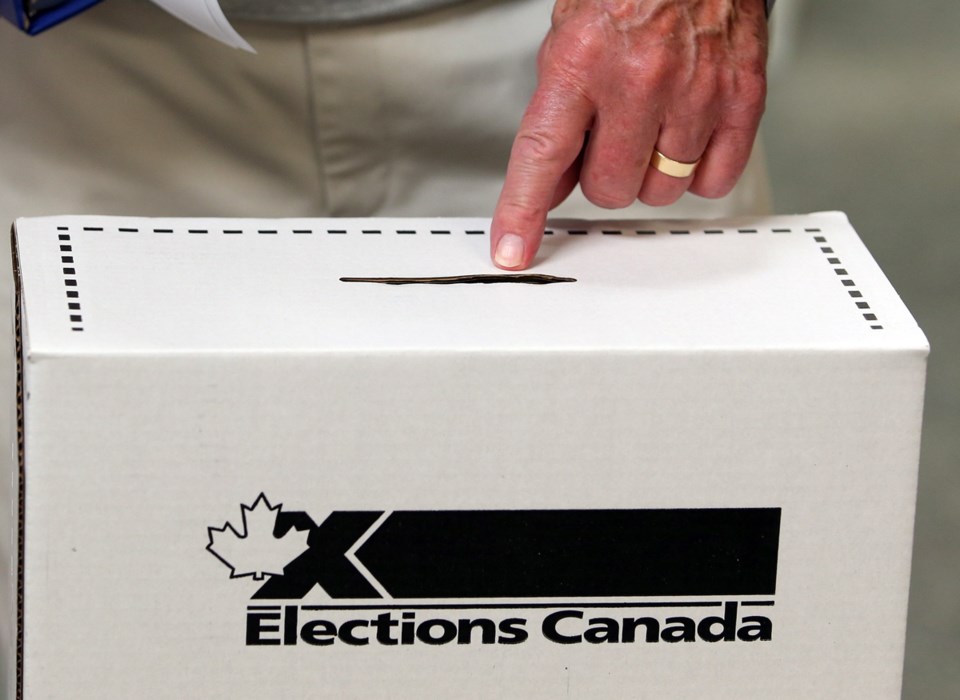With several hard years ahead of us, Monday’s federal election could be the most important in a generation. After the 2008 recession, everyone expected the world’s economy to rebound strongly, as it did on previous occasions. This time around, however, that hasn’t happened. Economists fear we have entered a period of prolonged slow growth.
This is the task, then, that confronts the next prime minister — how to move the country forward in a challenging global environment.
All four major national parties (excluding the Bloc Québécois, which is not running a countrywide campaign) have published detailed platforms. The following is a brief summary of each, with the parties arranged alphabetically.
��
Finance
The Conservatives, the Green Party and the NDP have promised to maintain balanced budgets or surpluses for the next four years. The Liberal Party would run deficits until 2020, none to exceed $10 billion.
��
Taxation and pocketbook issues
The Conservatives would reduce the small-business tax rate to nine per cent from 11, and cut EI premiums. Annual contributions for tax-free savings accounts have been increased to $10,000 from $5,500. Couples with widely disparate earnings would be allowed to average them for tax purposes (called income-splitting). And first-time home buyers would be able to withdraw more from their RRSPs for a downpayment.
The Green Party would eliminate income taxes on earnings below $20,000, the small-business tax rate would be cut to nine per cent from 11, and the corporate income tax rate would be raised to 19 per cent from 15 per cent. Tuition fees would be be eliminated for low-income students (eventually for all students), and interest payments on new student loans would be abolished.
The Liberals would reduce the middle-class income tax bracket to 20.5 per cent from 22, and a new bracket would be set at 33 per cent for incomes over $200,000. The TFSA increase to $10,000 would be cancelled, as would income-splitting and tax breaks for the wealthy, but pension income-splitting for seniors would be retained. EI contributions would be reduced, and the increase in old-age security eligibility to 67 from 65, planned for 2023, would be repealed.
The NDP would leave personal income taxes unchanged, but corporate income tax rates would be raised to the level before the Conservatives took office. Small business tax would be cut to nine per cent from 11.The party would also cancel income-splitting and the TFSA hike. A $15-a-day child-care program would be introduced, creating one million spaces, and EI premiums would be frozen for the next four years.
��
Energy and the environment
The Conservatives are committed to building new oil pipelines, while reducing greenhouse gas emissions 30 per cent before 2030.
The Green Party would ban supertankers from the B.C. coast and support the building of refineries, but is opposed to pipelines that would carry raw bitumen out of Canada.
The Liberals would support the Energy East and Keystone pipeline projects, but would oppose the Northern Gateway pipeline. Subsidies to fossil-fuel industries would be phased out.
The NDP opposes both the Northern Gateway and Keystone pipelines, and would also oppose the Energy East project unless more stringent guidelines were put in place.
��
Health care
The Conservatives would increase health-transfer funds by the rate of economic growth each year.
The Green Party would make prescription medications an insured medical treatment, and dental coverage would be offered for low-income youth.
The Liberals would provide an additional $3 billion for home-care services, and a new health accord would be negotiated with the provinces.
The NDP would increase health-care transfers by six per cent each year, and the party would push for the creation of a national pharmacare program.
• • •
Of necessity, this is a heavily condensed summary. The parties have posted complete platforms online. Read them and make an informed choice on Monday.
��
This story has been edited to add missing information



